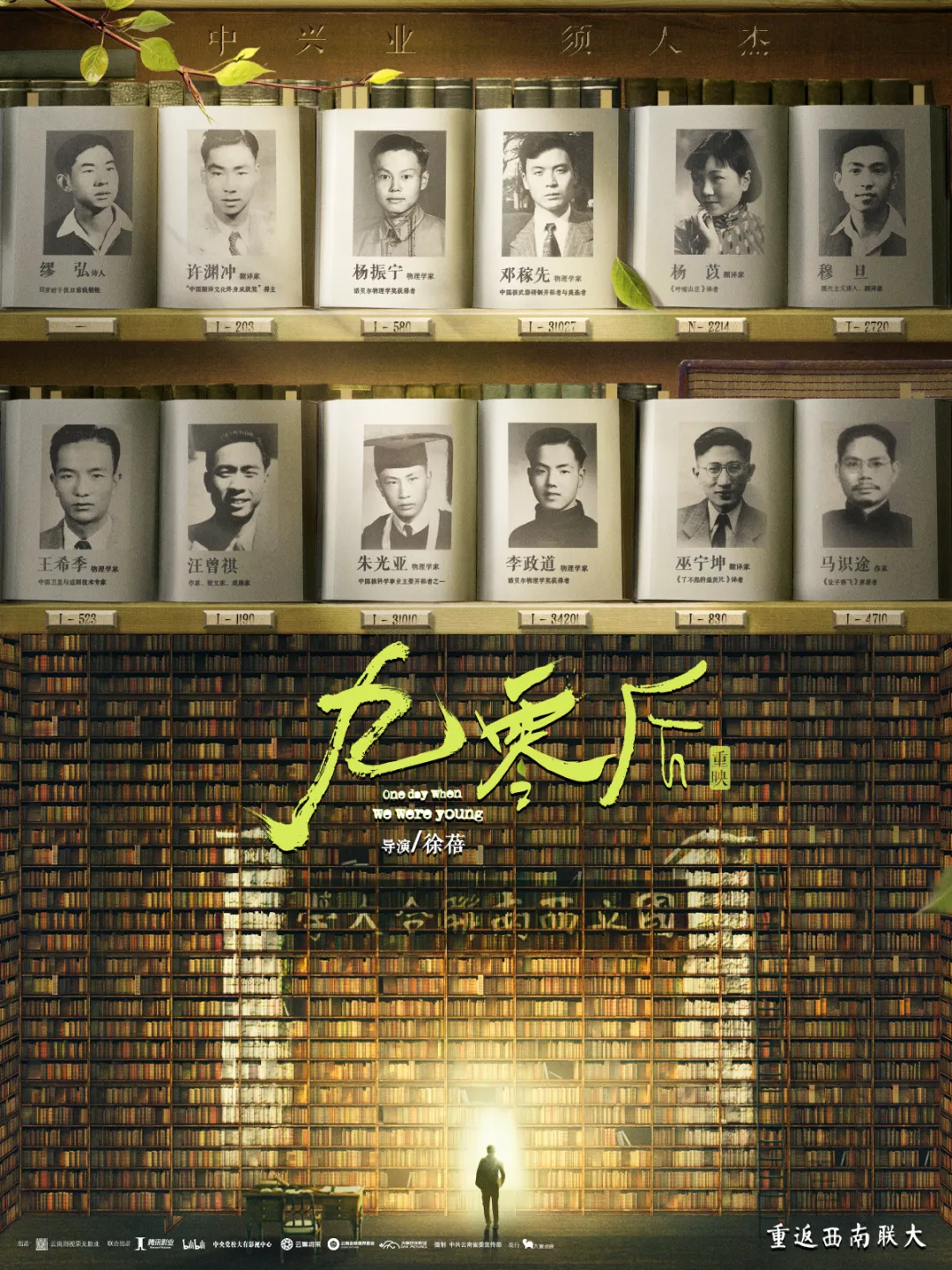
On August 22, the biographical thriller "Oppenheimer" held its China premiere at Universal Studios Beijing. The screenwriter and director of the film, Christopher Nolan, came to China in 2017 to promote "Dunkirk". Come to Beijing again. It is reported that on the 24th, he will also attend the Shanghai special screening of the film. This is also the first time that a top Hollywood filmmaker has come to China to promote a new film since the outbreak of the global new crown epidemic in 2020. The film will be released in mainland China on August 30.

"Oppenheimer" poster
It is worth mentioning that the 2020 movie "Creed" will be premiered in China in the form of a video connection. Nolan and a group of creators communicated and interacted with live audiences in Beijing, Shanghai, Guangzhou, Shenzhen, and Hangzhou. He attaches great importance to the Chinese film market.
This time when he came to China to promote "Oppenheimer", due to the strike of the Hollywood Screen Actors Union, Nolan appeared to be alone at the scene, but enthusiastic Chinese fans waited on both sides of the red carpet to welcome him. According to the event flow, Nolan was originally scheduled to show up at 12:00 noon on the same day. He was late at 12:25 in a beige suit and signed autographs for fans on the red carpet for nearly 20 minutes before entering Universal City Avenue Cinema IMAX hall. Zhi Feina, a professor at the Chinese National Academy of Arts and a member of the National Film Think Tank, was also among the welcome crowd. She told The Paper, "It was the first time I waited for the red carpet in my life, and I got a total of two directors' signatures."

Nolan signed autographs for fans beside the red carpet
"Oppenheimer" was produced by Universal Pictures and cost about $100 million. Based on Kay Byrd and Martin J. Sherwin's Pulitzer Prize-winning book Oppenheimer: The American Tragedy of the "Father of the Atomic Bomb," the film follows theoretical physicist Robert Oppenheim Moore led the process of developing the atomic bomb during World War II, and the injustice he received in the United States after the war. The starring lineup includes Hollywood stars such as Cillian Murphy, Emily Blunt, Matt Damon and Robert Downey Jr.
The film is also the director's second film set in World War II after "Dunkirk", and is the longest Nolan film to date. Nolan tried to use the first-person perspective to create the script for the first time in the film, and used IMAX black and white film photography for the first time.
"In terms of subject matter selection, I always care most about drama"
After the 3-hour-long film screening, the audience applauded twice. Nolan came on stage and talked about the creative experience of the film, "Maybe the source of inspiration for each of my films is different, but in terms of subject matter selection, I always care about drama the most. Enough drama can attract the audience, and the way of telling this story, It’s the part of my creation that I really enjoy.”

Nolan at the premiere of "Oppenheimer" in China

Nolan accepts gifts from Chinese fans
"On the eve of the 'Trinity' nuclear test, Oppenheimer and his team faced the slim possibility that when they pushed the button to detonate the first atomic bomb, they could ignite the atmosphere and destroy the entire planet," Nolan said Said. "Even though it was a remote possibility, there was no mathematical or theoretical basis to completely rule it out. Yet they pushed the button. It was a remarkable moment in human history. I wanted to bring the audience into that room and experience that moment for themselves." conversation and witnessing the moment the button was pushed. If you think about it, it's a pretty incredible moment. There's a risk involved, the relationship between science, theory, intellect, these are the things we can imagine , and the practical problems of bringing these abstract concepts into the real world and dealing with their concrete consequences." Nolan's fascination with "terrible possibilities" has also been shown in his previous film works "Creed", "Auburn Highmore also drew inspiration from that story.
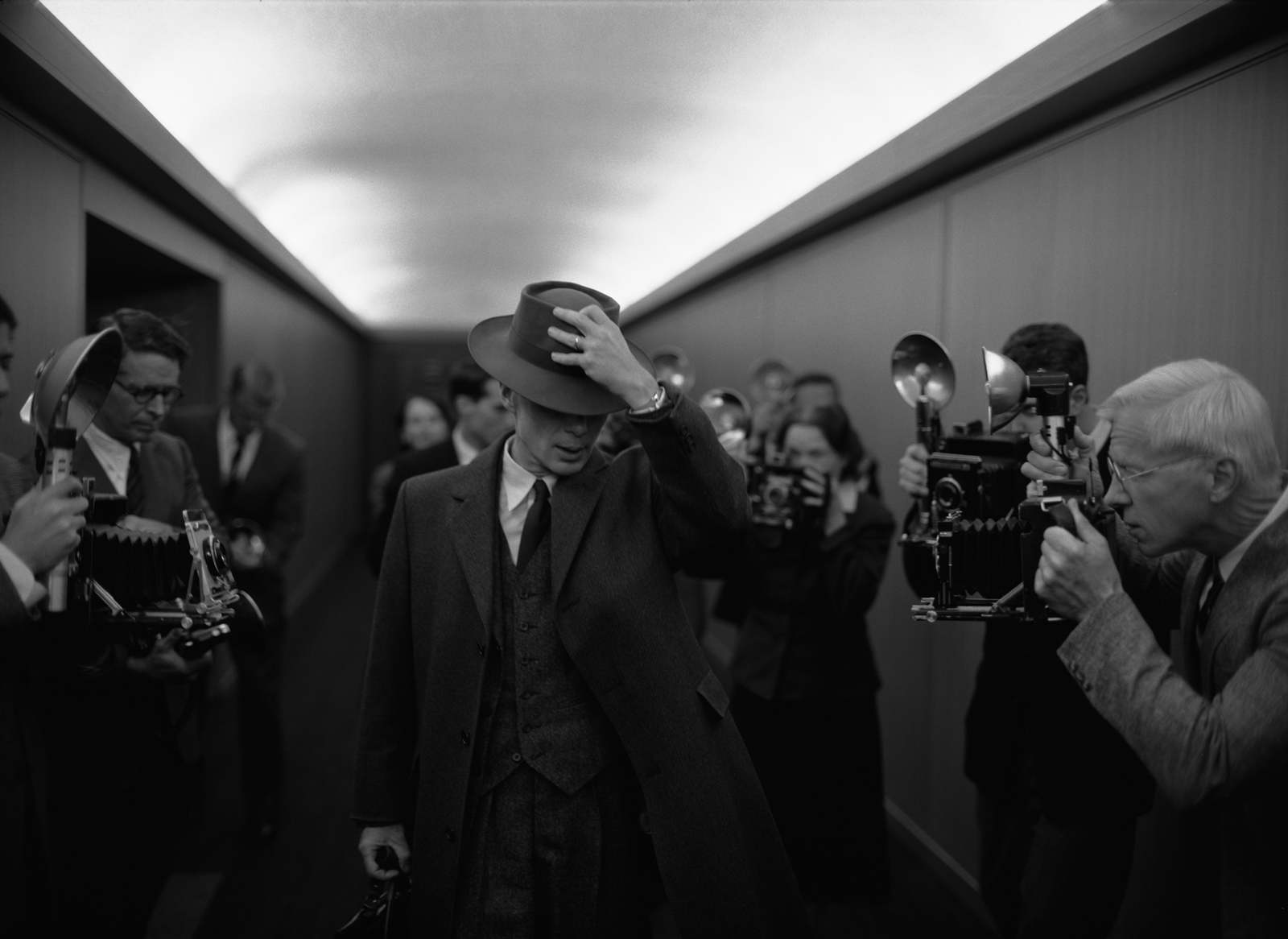
"Oppenheimer" stills
"For my films, I am very concerned about the way of storytelling. This is a very important point. You need to consider from what angle you want the audience to see the world. You can see it in this film, from Oppenheimer's perspective. The parts shown are in color, and the black and white parts are taken from the more objective perspective of Louis Strauss played by Robert Downey Jr. I think the drama in the narrative process and how I want to tell this story is what makes or breaks the film The key to this is—what is my perspective when telling a story, how to use different photography tools, how to build different structures and scenes, and how to arrange our cameras, so that our audience can have a close relationship with the film.”
"I don't want actors to imitate real people"
In the 1950s, as the US-Soviet Cold War intensified and McCarthyism prevailed in the United States, Oppenheimer was persecuted for his previous "left-wing" stance. Events in the film unfold in a non-linear timeline, taking Oppenheimer from his student days to the Los Alamos Proving Grounds and his appearances at the 1954 safety hearing and the 1959 Strauss-manipulated nomination hearing The plot bridges will appear alternately in the movie.
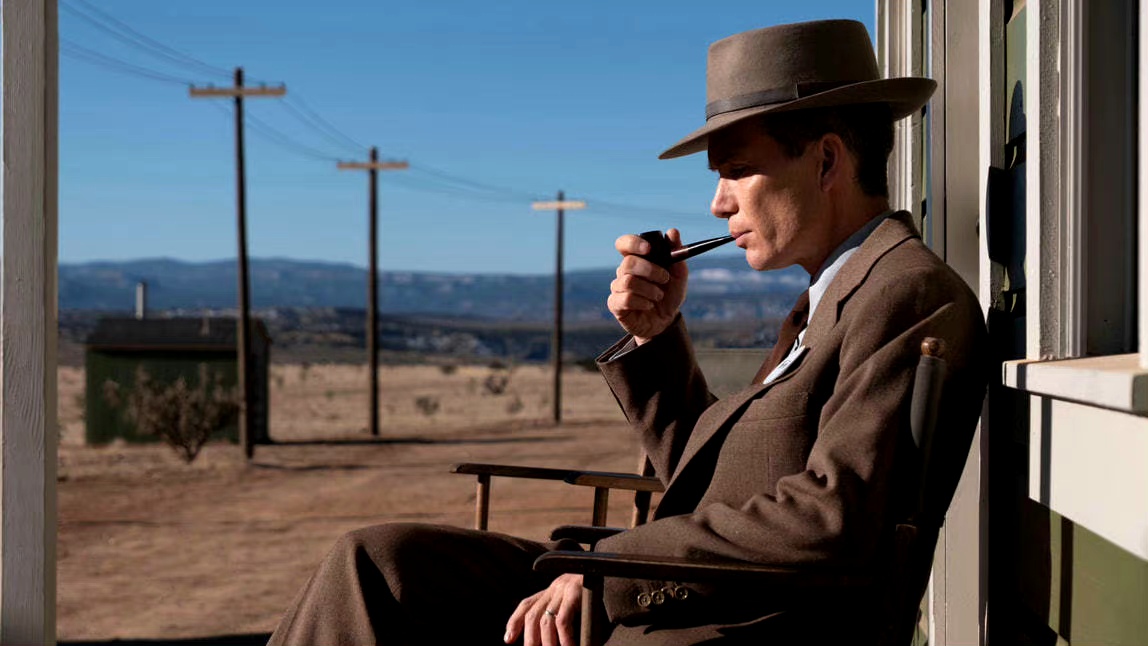
"Oppenheimer" stills
When asked by the live host what kind of message he wanted to convey to the audience by unfolding the story from a different perspective this time, Nolan gave a negative answer. "I don't think it's right to let a dramatic story tell the audience how to think. I hope that the audience can think for themselves. When they watch the movie, they can go through the various stages of Oppenheimer's life with these scientists, naturally. There will be insights. I also realized that in the United States, Los Alamos Proving Ground, this place is very famous, and it still exists today. It was here that affected the outcome of World War II and the whole world afterward.”
Talking about the movie cast, Nolan revealed that the first actor he contacted was Cillian Murphy, who played Oppenheimer in the film. "Of course, when I write the script, I don't think about who will play it as much as possible. If you write the script when you think about the actor, you often think about what the actor has already done, and you have no way to challenge them. Possibilities on screen. I try to write from the perspective of the characters as much as possible, not the actors first.”
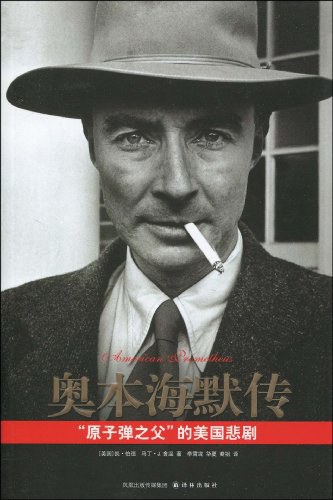
"A Biography of Oppenheimer - The American Tragedy of the "Father of the Atomic Bomb"" Book Video
"When I saw the cover of Oppenheimer: The American Tragedy of the 'Father of the Atomic Bomb', it had Oppenheimer on it, blue eyes, and I knew which actor it was Going to play. Killian is the heart of the whole movie, around him I started to think, what actors can I use-I want to work with Matt Damon, we did "Interstellar" together; Robert Downey, he is a very good actor, he played Iron Man in the Marvel movies. In my opinion, there are many ways to act, but a really good actor must first ensure that he is true, true to himself character of."
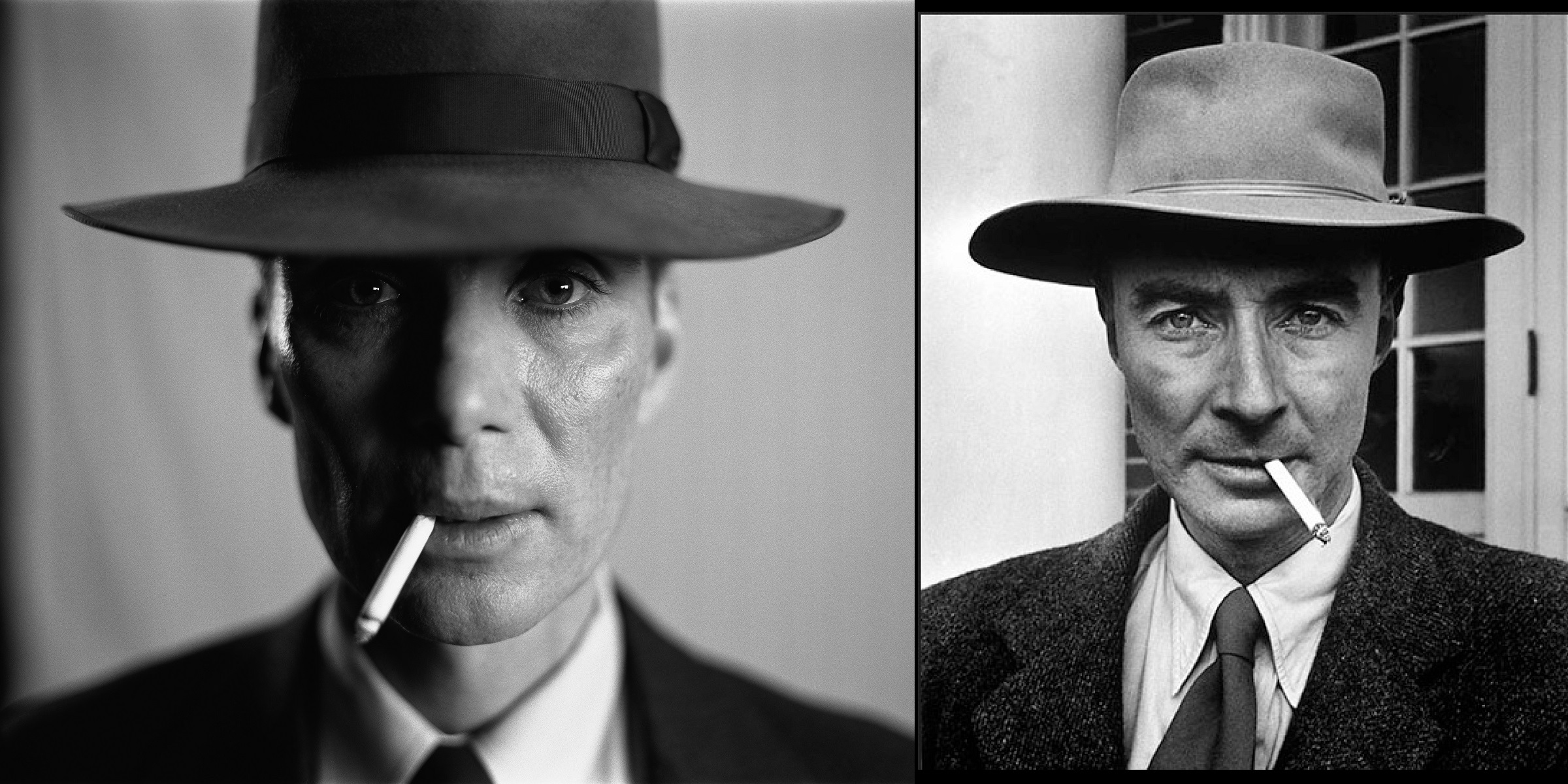
Cillian Murphy's Robert Oppenheimer makeup photo (left) compared with the original photo
"So I keep telling them, put yourself into the role and don't think about yourself. A lot of people don't realize when they watch the movie that Strauss is played by Robert Downey Jr. In fact, whether it is Mo Fei is still other actors. During the filming process, I don't want them to imitate real people, such as how the real Oppenheimer walks and talks. that character."
Live-action shoot, 'sounds foretell real danger'
According to reports, Nolan built the "Trinity" nuclear test site in the movie in Belen, New Mexico. Its iconic features are a 30-meter-high steel frame tower and a remote bunker where Oppenheimer watched the nuclear explosion. In the movie, including the scene of the atomic bomb explosion, they all chose to shoot with IMAX film cameras instead of using special effects.
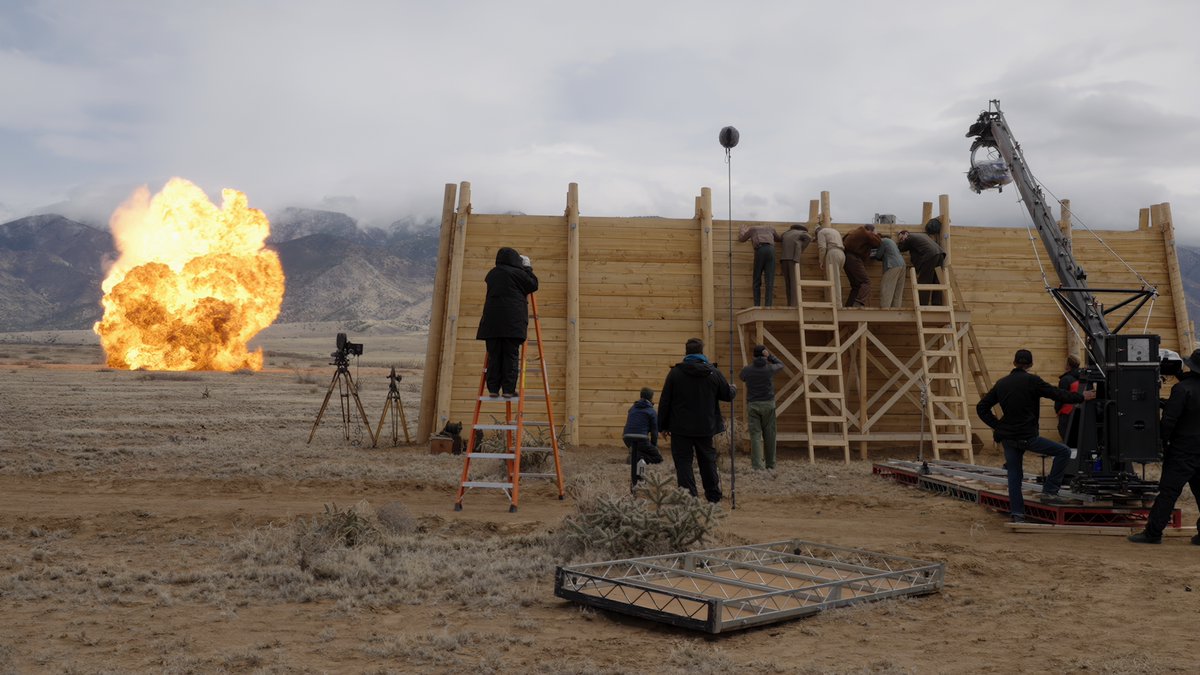
"Oppenheimer" work photo

"Oppenheimer" stills
In this regard, Nolan said that not only the "Trinity" nuclear explosion test, but also for all the pictures Oppenheimer experienced and imagined in the quantum world, "We all hope that it can be very beautiful and shocking, and even dangerous. We hope that everyone can feel the tension brought by real explosions and flames, which is difficult to do with visual effects, so we chose real pictures and real shots."
"My special effects and visual effects people came up with a lot of methods, such as using very small things, letting it explode for shooting, and using different materials during the explosion process, including black powder, coal, etc. They used these materials To experiment, we have conducted a lot of experiments on the technical level, putting all these physical concrete things in front of the camera for shooting. This method can ensure that the shocking scenes displayed are consistent with the visual tone of the movie.”
The nuclear explosion scene of "Trinity" is undoubtedly the absolute visual climax in the movie. In the processing of this scene, Nolan presents the delay of real sound arrival. In the pure silence, the strange fire light and mushroom cloud that are as bright as thousands of suns are astonishing-after a series of pictures of about 25 seconds, the huge The sound of explosions hit the theater. "This kind of processing, on the one hand, is real, and on the other hand, it uses the most realistic feeling to enhance the drama. In fact, the delay of sound arrival is also related to the plot of the characters. There is an almost sacred beauty at the moment when the firelight appears, but the sound indicates The real danger, leading the characters and the audience back to reality." Nolan said.
In the past, in Nolan's films, film music was always mentioned with great interest. Talking about the soundtrack of this movie, Nolan said that he didn't have a complete concept at first, "but I have a certain idea, which is to use a violin solo. The violin is a very unstable instrument, and the artistic effect it presents It all depends on the technique and the emotion of the player. It can be very beautiful in a split second, or it can be scary or unpleasant in a split second. So, the sound of the violin has a tense, neurotic style, which I think fits Robert Oppenheimer's highly intense intellectual and emotional. I hope to complete this soundtrack on this basis, so we first recorded the violin solo. As the scene of the film continues to grow, the story continues to develop, and Added more music elements in it. There are a lot of soundtracks in the whole movie, and it takes 45 minutes to 1 hour to accumulate, and it will change with the change of the plot."
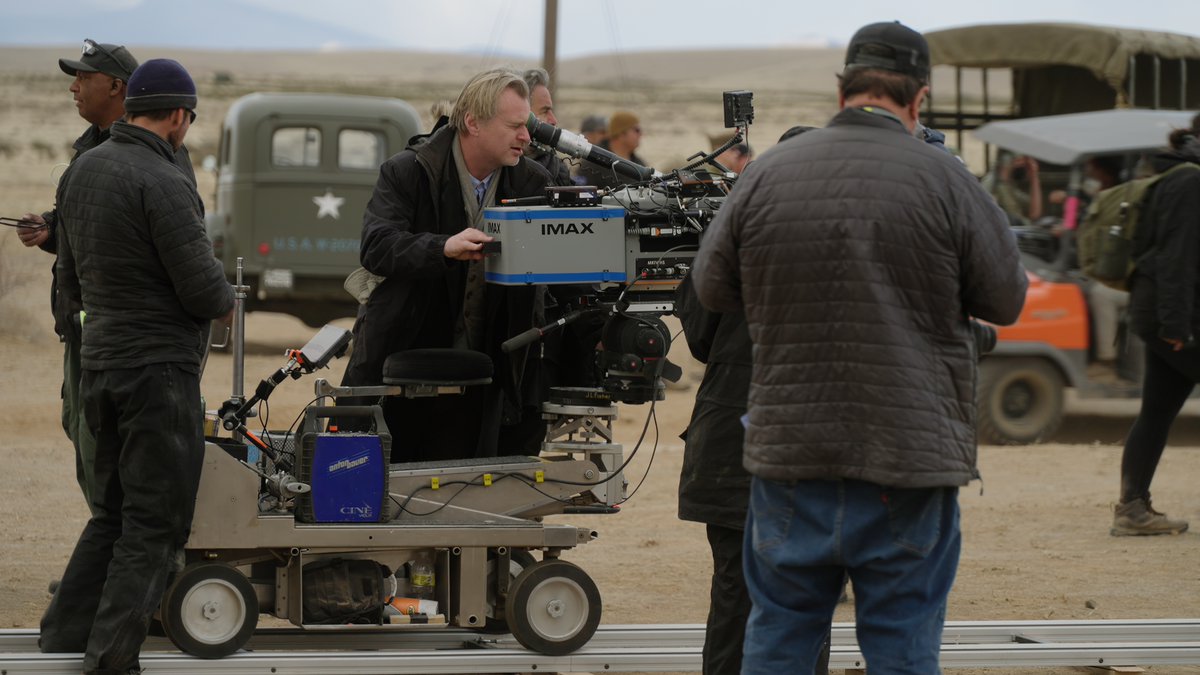
"Oppenheimer" work photo
Nolan's preference and dedication to IMAX cameras is well known. The movie "Oppenheimer" was shot using a combination of IMAX 65mm film and 65mm large-format cinematography, and was shot using IMAX black and white film for the first time.
Nolan said that the reason for using the IMAX camera is that it has the highest resolution and the highest picture quality, "IMAX is the closest to the real effect seen by the human eye. When we shoot black and white scenes, I don't want to reduce the picture quality." The quality of the quality, I know of no one has done this before. We contacted Kodak and commissioned them to produce the related film, and they figured out how to develop this film in the laboratory. Myself and the photographer also did black and white in Los Angeles During the film test, I thought it was very beautiful at the time, and I decided to shoot like this since then.”
Talking about the biggest difficulty in filming "Oppenheimer", Nolan said that every filming is a challenge for himself. “Because there is so much organizing and coordinating work, different scenes will have different challenges, but I really like directing. When I was writing the script, I was also thinking about how to condense the 170-page script into a film. The length of the film. The Los Alamos scene was shot in the middle of nowhere and it was very cold in the winter. The editing process of the film was also difficult. But I like the quick transition after a stage is done Working on the next phase, it keeps me fresh on the film and keeps working on it."


